Two radius antennas radiating wave in phase are located at point A and B ,200m part(figure) The radio waves have a frequency of 6MHz.A radio receiver in moved out form pointB along a line perpendicular to the line connecting A and B(lineBC shown in figure)at time distances from B will there be destructive interference?
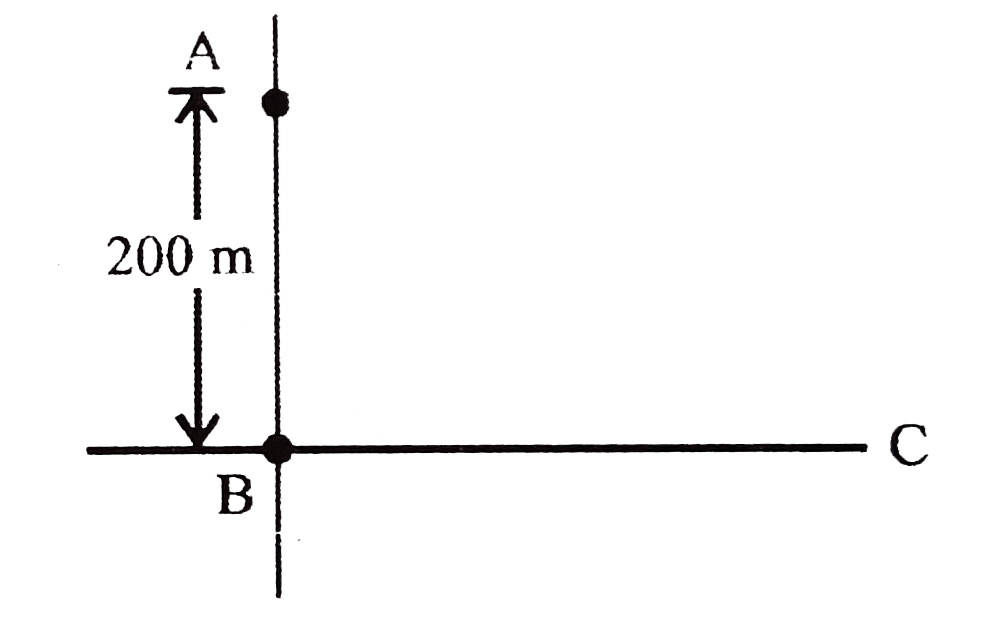
The correct Answer is:787,5m,229m,97.5m,26.7m
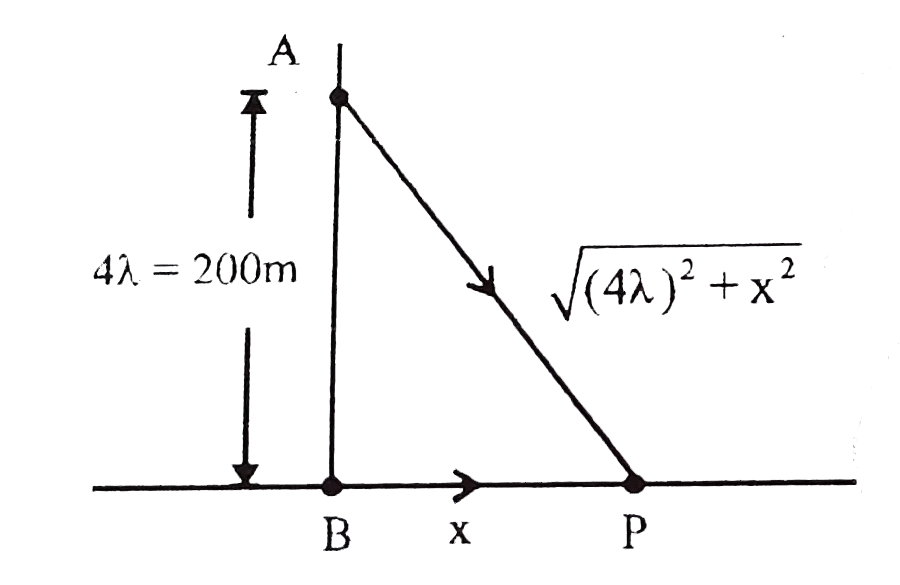
C=nλ⇒λ=Cn
λ=3×1086×106⇒λ=50m
path difference at P=AP-BP
path difference at P=√(4λ)2+x2−x
For districtive interference at P
path difference=(2n−1)λ2....(2)
From (1)&(2)
√(4λ)2+x2−x=(2n−1)λ2
√(4λ)2+x2=(2n−1)λ2+x
For first minima n=1,x1=63λ4⇒x1=787.5m
For second minima n=2,n2=55λ2⇒x2=229m
For third minima n=3,n2=39λ20⇒x3=92.5m
Similar Questions
Two identical loudspeakers are located at points A & B, 2 m apart. The loudspecakers are driven by the same amplifier. A small detector is moved out from B along a line perpendicular to the line connecting A & B. Taking speed of sound in air as 332m/s. Find the frequency below which there will be no position along the line BC at which destructive interference occurs.
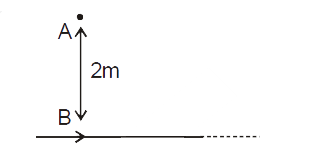 View Solution
View SolutionTwo identical loudspeakers are located at point A & B,2m apart. The loudspeakers are driven by the same amplifier (coherent and are in phase). A small detector is moved out from point B along a line frequency below which there will be no position
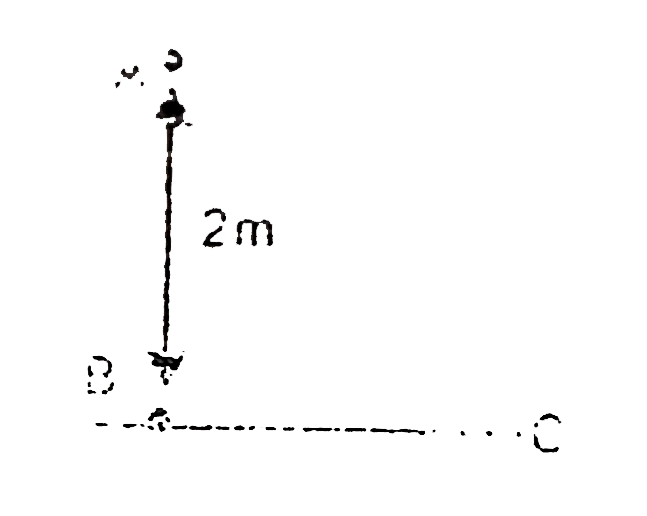 View Solution
View Solution
Knowledge Check
- Question 1 - Select One
Two radio transmitters radiating in phase are located at point A and B, 250 m apart. The ratio wave have frequency of 3MHz. A radio receiver is moved out from point B along a line BC (perpendicular to AB). The distance from B beyond which the detector does not detect any minima si :
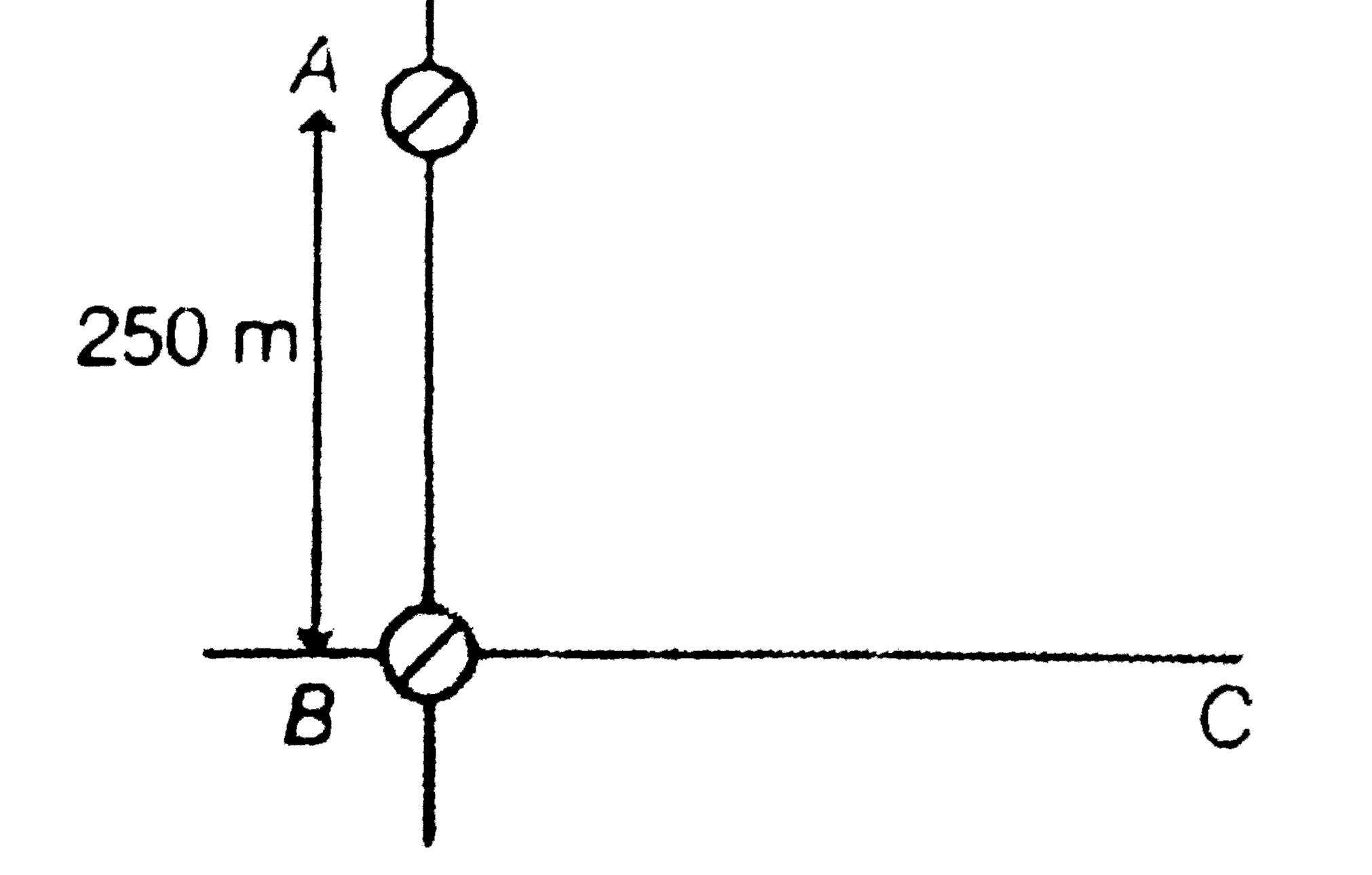 A200 mB400 mC600 mD500 m
A200 mB400 mC600 mD500 m - Question 2 - Select One
If A, B and C are three points position vectors a, b and c respectively, then perpendicular distance of A from the line joining B and C is
A|a×b×c|2(b×c)B|a×b+b×c+c×a|2|(b−c)|C|a×b+b×c+c×a||(b−c)|DNone of these.
Let A(4,3) and B(6,4) be two points, find the slope of a line perpendicular to AB.
View SolutionFind the points on the X-axis whose perpendicular distance from the line x/a+y/b=1 is a
View SolutionLet A(6,4)andB(2,12) be two given point. Find the slope of a line perpendicular to AB.
View SolutionLet A(6,4)andB(2,12) be two given points. Find the slope of a line perpendicular to AB.
View SolutionTwo fixed, equal, positive charges, each of magnitude 5×10−5 coul are located at points A and B separated by a distance of 6m. An equal and opposite charge moves towards them along the line COD, the perpendicular bisector of the line AB.
The moving charge, when it reaches the point C at a distance of 4m from O, has a kinetic energy of 4 joules. Calculate the distance of the farthest point D which the negative charge will reach before returning towards C.
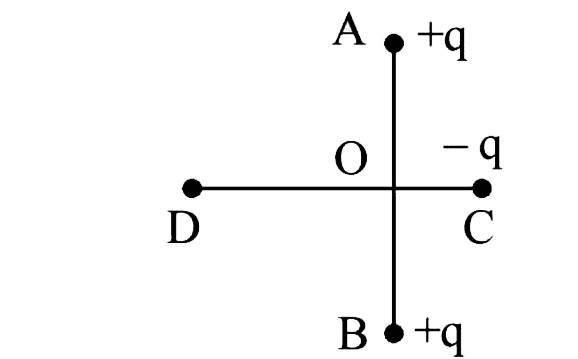 View Solution
View SolutionIf A,B and C are three points on a line and B lies between A and C (as shown in the given figure), then prove that AB+ BC= AC
View Solution
